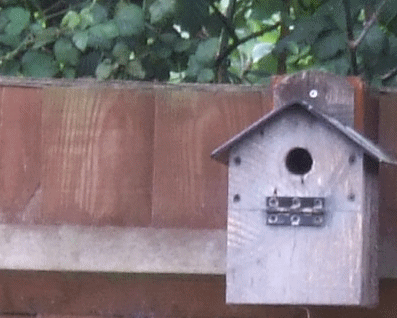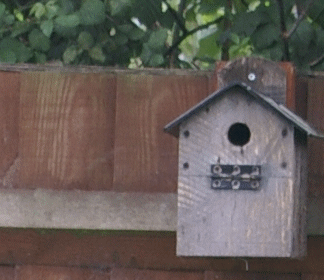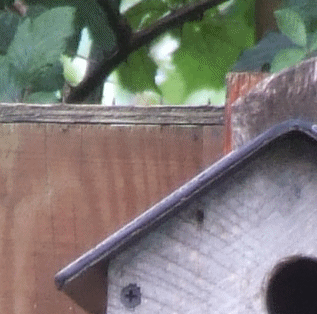Upgrading from Fuji 9500 to Pentax K100D with Tamron 18-250mm
26 July 2007
This page is a rough guide to my selection of this camera and lens combination and some probably even more rough analysis as to why I think it's a good choice (for me at least). Please note that these are all non-scientific tests and just my view. I am writing this as I am sure there are other people like me making the same camera choice and like me found it hard to come to a final decision. I think these decisions are getting more difficult as the technology is actually very good and differences becoming less and less.
The "my choice" bit - my criteria - what I want is a camera with low noise (that is lower than my current Fuji 9500), stabilisation, so that I can get reasonable hand held shots in low light, without to much of an increase in size and weight and with flexibility for expansion.
As with any camera decision it is a compromise that only you, the user, can make the final choice on. For me the reasons for selection, in order of importance to me, were:
- Usability - although the K100D is entry level it is a competitive photo taking tool - the only down side is some functions are in the menu system rather than easy to hand, for me the function not quickly accessible is spot metering.
- Shake reduction in the camera and not in the lens - also a cost decision as well as another step toward the main criteria
- Cost - K100D with kit lens only £299 - allowing me to buy now and when a suitable 10MP upgrade is available at a cheap price I can upgrade
- Compatibility with existing Pentax kit - although buying new kit and selling existing was open as an option
- Size - although the Canon 400 or 350 are as small and less weight (but with no SR) (compromises!)
- Weight - although heavier than the Canon (probably due to the SR) the K100D is lighter than the K10D
Noise Comparison
I'd previously compared my old Canon S40, Ixus 55 and S2 compact cameras against the Fuji 9500 and found the noise to be least on the Fuji 9500. I bought the Fuji as a stop-gap while waiting for a 10MP Pentax but when it, the K10D, arrived I had to disregard it based on cost, weight and size - I was hoping like many others for a 10MP DL sized camera. With the expected arrival of 10MP K200D (guessed name!) version possibly at the end of 2007 I decided to go with the competitively priced K100D.
Below are a set of 100% crops from an area of picture taken with both the K100D and 9500. The pictures were taken with the standard in camera jpg setting. I didn't take ISO 400 - not sure why! I stuck with the in-camera jpg here as that's what I use in the majority of my photo taking (things will change as I get back into the SLR mode). Both cameras can take RAW images and I would expect improved results.
This picture illustrates the area taken for 100% crops. |
|
Note that the Fuji crops below are larger because it is a 9MP sensor whereas the Pentax K100D has a 6.1MP sensor. Thus same crop area contains more pixels.
Fuji 9500 1/1.6" sensor approx 8mm x 6mm (48mm2)
Pentax K100D sensor 23.5 x 15.7 mm (369mm2)
Pentax has 7 times larger sensor with 2/3rds the pixels making each pixel roughly of 10 times larger. Bigger pixels = more sensitive = less noise. |
|
Fuji 9500
ISO 200 |
|
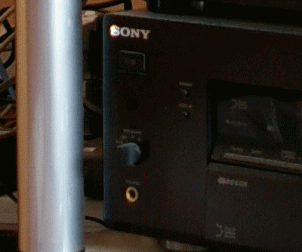 |
Pentax K100D
ISO 200
Quite similar - differences here are just a likely down to noise as to jpg artifacts - more can be seen on the Fuji as its in-camera compression is higher.
|
Fuji 9500
ISO 800
Although the noise is increased in the Fuji it could still be useable. |
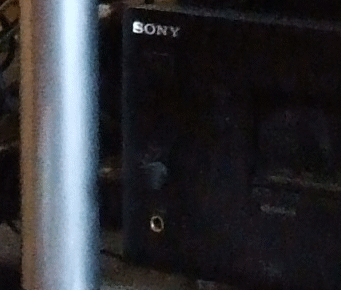 |
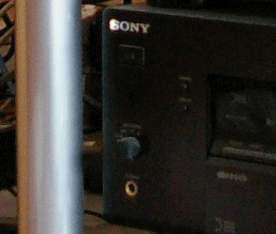 |
Pentax K100D
ISO 800
The K100D noise is increased but barely noticeable in the full frame picture. |
Fuji 9500
ISO 1600
Noise in the Fuji quite bad and detracts from the image especially as the noise is more coloured (chroma noise). |
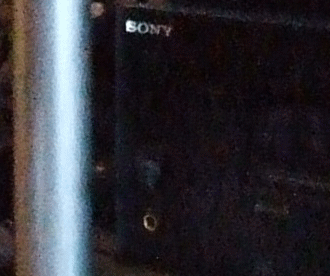 |
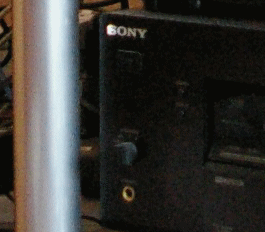 |
Pentax K100D
ISO 1600
The K100D noise is just noticeable and the image still useable.
|
| |
|
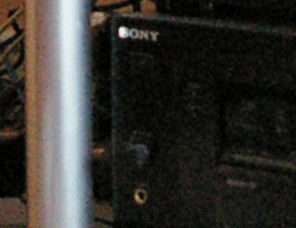 |
Pentax K100D
ISO 3200
Although the noise is quite apparent it seems to be less distracting than the Fuji at ISO 1600. |
The above noise comparisons show two things, firstly that the K100D noise increases with increasing ISO at a slower rate than the Fuji 9500. From a subjective point of view the Fuji ISO 800 and the K100D ISO 1600 are both useable. The second thing is that considering that the sensor pixel area is roughly 10 times different and the acceptable noise difference is 2 times then the Fuji 9500 has very good noise characteristics, the K100D probably giving about 1.5 stops speed advantage.
Lens comparisons
The lens tests compare various lenses on the Pentax K100D and also the Fuji 9500 with its fixed 28-300mm lens. The shots were taken at various different times but all at the same spot.
Range - Tamron 18-250mm (28-375mm) vs Fuji 28-300mm
The following pictures compare the ranges of the 28-300mm lens on the Fuji 9500, the Tamron 18-250mm (28-375mm) on the K100D and the long end of a Sigma 70-210mm (105-315mm) on the K100D. For me, the K100D and 18-250mm is a replacement for the Fuji 9500, so I don't want to lose that great zoom range when using it as a walk about camera.
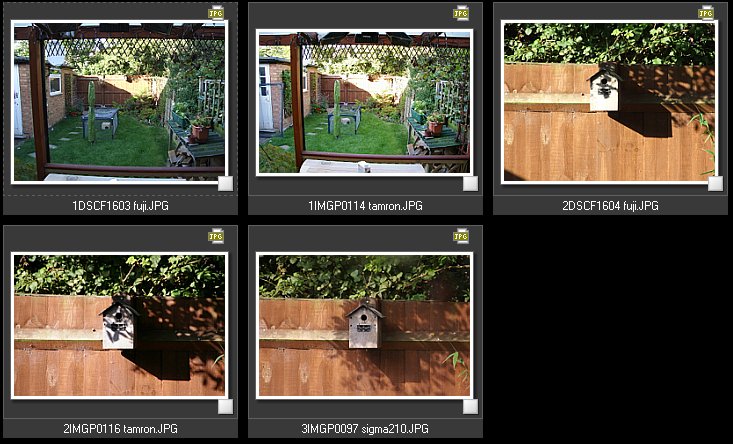
I guess the main interesting thing is that it is clear from the wide angle shots that the Tamron is quite a bit wider than the Fuji (maybe Fuji is not quite 28mm) but also shows as much if not more distortion. At the long end, as expected by the numbers the Tamron zooms in more but whether it's truly to 375mm I am not sure. The extra wide angle end is a real bonus as this is the end that gets used the most, see my analysis of focal length use here.
So from a walk about lens perspective the Tamron covers a very good range, more than the Fuji. The barrel distortion at the wide end is similar to that of the Sigma 18-200mm, a little bit more but all very noticeable. As this is the age of post processing then any images where the distortion distracts from the picture can be easily removed.
Here is the thumbnail roughly corrected for barrel distortion and converging verticals. |
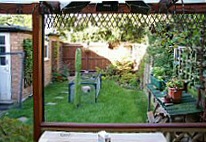 |
Comparison at 50mm
The test below is comparing the kit lens 18-55mm and Tamron 18-250mm. I threw in the prime 28mm Pentax A lens which isn't quite 50mm but gives some idea of what a good prime lens is like. In the above thumbnails the bird box is about center frame as they were also in the crops below, similar crop area to those in the noise comparisons.
|
%20-%20crop.gif)
|
Pentax A 28mm MF (43mm equivalent) f5.6 1/60s |
Tamron 18-250 @ 49mm equivalent f5.6 1/100s |
|
|
Fuji 20-300 @ 50mm equiv f5.6 1/55s |
Kit lens 18-55mm @ 49mm equiv f5.6 1/15s |
The test shows that the Tamron is not as sharp as the kit lens, nothing is as good as the prime (no surprise there) but the kit lens is close, however the Fuji is not bad (except the odd colour) for such a small sensor! Remember the Fuji crop looks larger as it is from a 9MP image. The Tamron and Fuji seem similar but I believe the Fuji to have more in camera sharpening.
Comparison at 75mm
|
%20-%20crop.gif)
|
Pentax A1.4 50mm MF (75mm equivalent) f8 1/45s |
Tamron 18-250 @ 75mm equivalent f5.6 1/100s |
|
|
Fuji 20-300 @ 75mm equiv f5.6 1/55s |
Kit lens 18-55mm @ 75mm equiv f5.6 1/15s |
Again the prime looks great. Different lighting due to different days picture taking (told you it wasn't that scientific). The Fuji and Kit lens were taken on the same dull day whereas the others were brighter days. Not much difference really, the lack of contrast in the kit lens on the dull day makes it look worse than it really is. The Tamron looking surprising good given the previous 50mm comparison.
Comparison at telephoto
|
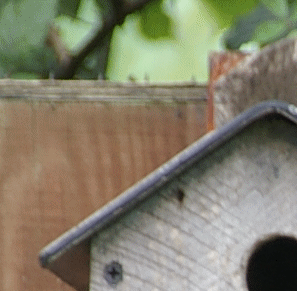 |
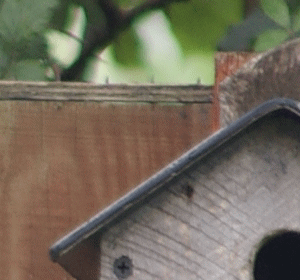
|
Fuji 28-300 @ 300mm f5.6 1/170s |
Tamron 18-250 @ 375mm equiv f6.3 1/320s |
Sigma 70-210 @ 315mm equiv f5.6 1/125s |
Although not the same focal lengths, interestingly the 9MP Fuji results in an equivalent zoom to the Tamron. On the face of it the Fuji looks sharpest but I think that is due to more aggressive in-camera sharpening. The Tamron is a little softer than the old Sigma 70-210 MF.
Summary
Upgrade from the Fuji? yes. I think that combination of the low noise, high ISO capabilities with SR of the K100D and the super range of the Tamron 18-250mm give a combination that out performs the Fuji 9500. However, the 9500 is very good especially at low ISO. The Fuji lens itself is good and with the more in-camera sharpening it looks comparable to the Tamron, however the DSLR has less sharpening and the fact they look similar means that with some further sharpening the K100D and Tamron take the prize.
I'm very happy with the Pentax K100D and Tamron 18-250mm especially as with the flexibility of changing lenses on an SLR, for example using the prime lens, I can get great results with my existing lenses taking the K100D to a level far beyond the Fuji 9500. Even using the kit lens results in a pretty good combination.
One thing that I have noticed between the K100D and Fuji 9500 is that the contrast on the Pentax gives very punchy images whereas the Fuji needs the contrast set to maximum to even start getting close. I have the K100D sharpness at +1 and the contrast at 0. The increase in sharpness also increases contrast a little. The Pentax under exposes slightly to reduce clipped highlights which is very acceptable.
The Tamron 18-250mm, Basically, my view is that the Tamron is a very good, capable walk about lens. Obviously for such a super zoom the hit on image quality is apparent but it is a small hit. We have looked here at very small areas of the image to see the differences and these only become an issue if printing large pictures or cropping dramatically.
As the Tamron is a little softer than the other lenses (even though it's better than the Fuji) I would try to use the kit or prime where possible. Having said that I have not taken the Tamron of the camera since buying it (except for these comparisons) so convenience is winning over that minor bit of softness.
The problem with analyzing these things is that it's easy to lose track of the real enjoyment which is taking pictures so here are a couple of real pictures. These have only been resized/resampled and sharpened.
This one of mini's racing at Thruxton was taken at full zoom 375mm equiv with the Tamron 18-250mm and Pentax K100D hand held.

This one also at Thruxton with the K100D zoomed to 300mm

more pictures can be found in the Gallery
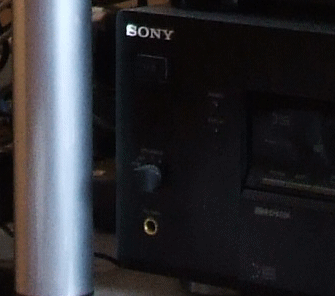








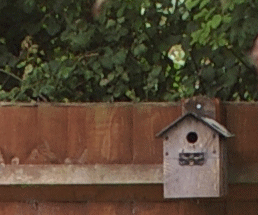
%20-%20crop.gif)
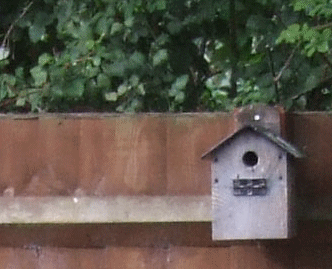
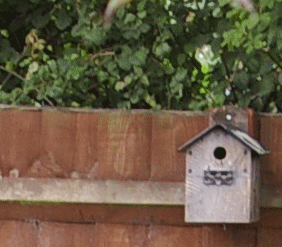
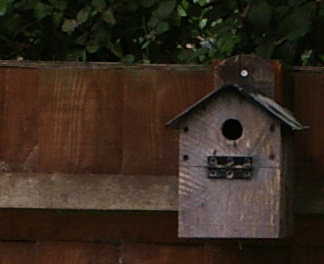
%20-%20crop.gif)
